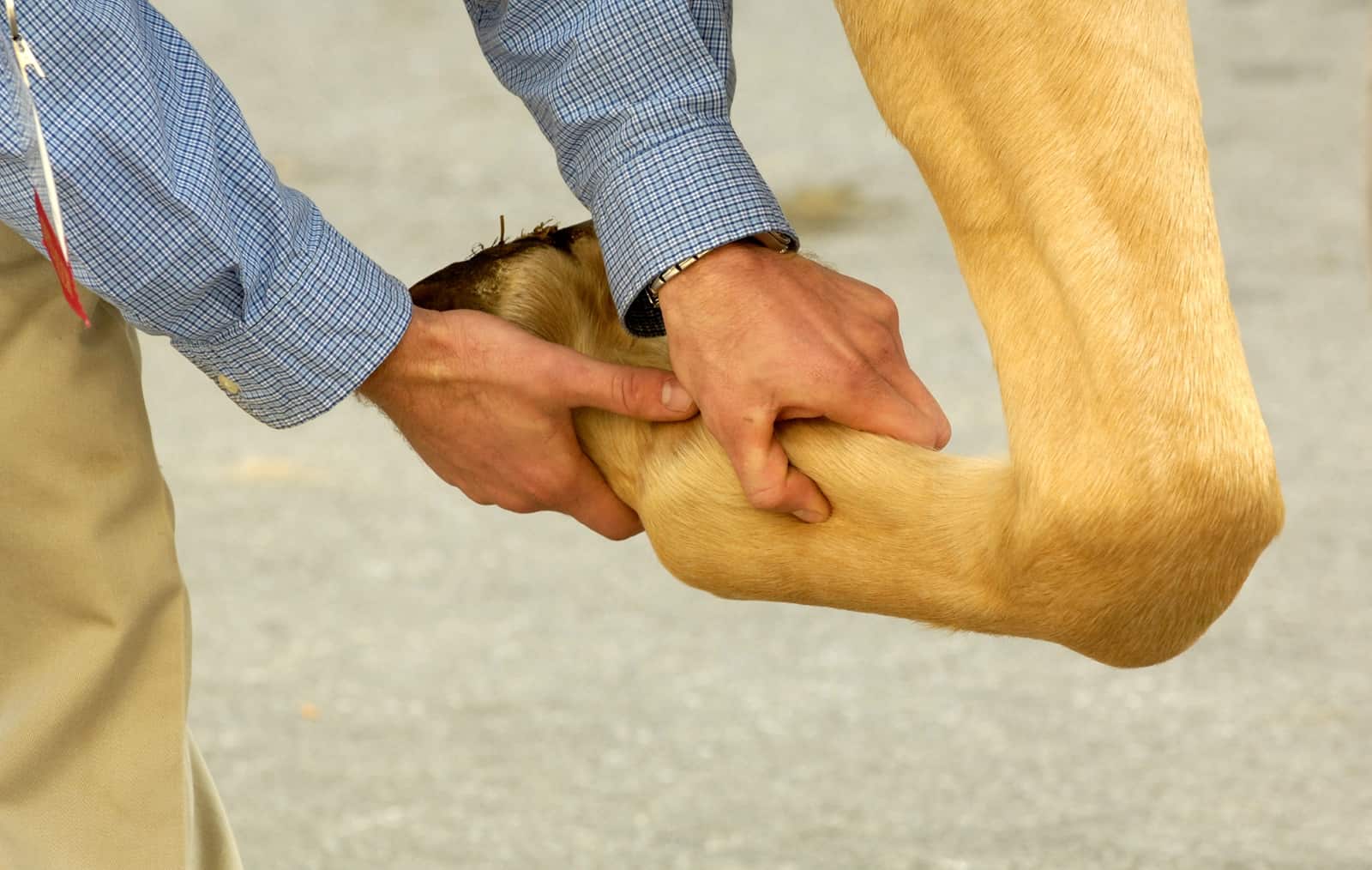Horse Tendon and Ligament Mineralization: Cause for Concern?

Tendons and ligaments are meant to be soft tissues. They’re meant to stretch and they’re meant to flex. Sometimes, however, they essentially harden—this horse tendon and ligament mineralization occurs when hard material forms within the structure. This must be bad news, right? Not necessarily, researchers say.
“Our study has shown that mineralization can be present and not cause lameness,” said Etienne O’Brien, BVM&S, Cert VA, Cert EP, PhD, MVM, MRCVS, of the University of London’s Royal Veterinary College, in the U.K.
And, when there’s both lameness and mineralization, it doesn’t mean the mineralization is causing the lameness or is the only cause. “We cannot ever know with certainty whether the mineralization is contributing to lameness solely or along with other injuries in the same area,” O’Brien said
Create a free account with TheHorse.com to view this content.
TheHorse.com is home to thousands of free articles about horse health care. In order to access some of our exclusive free content, you must be signed into TheHorse.com.
Start your free account today!
Already have an account?
and continue reading.

Written by:
Christa Lesté-Lasserre, MA
Related Articles
Stay on top of the most recent Horse Health news with











